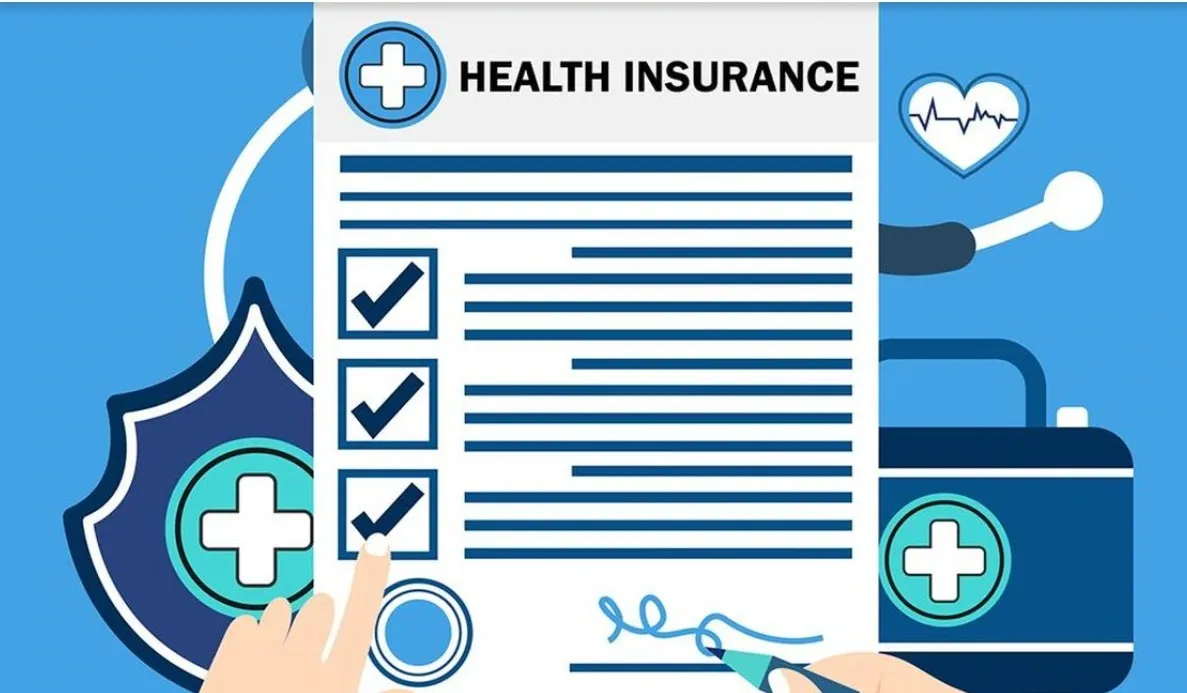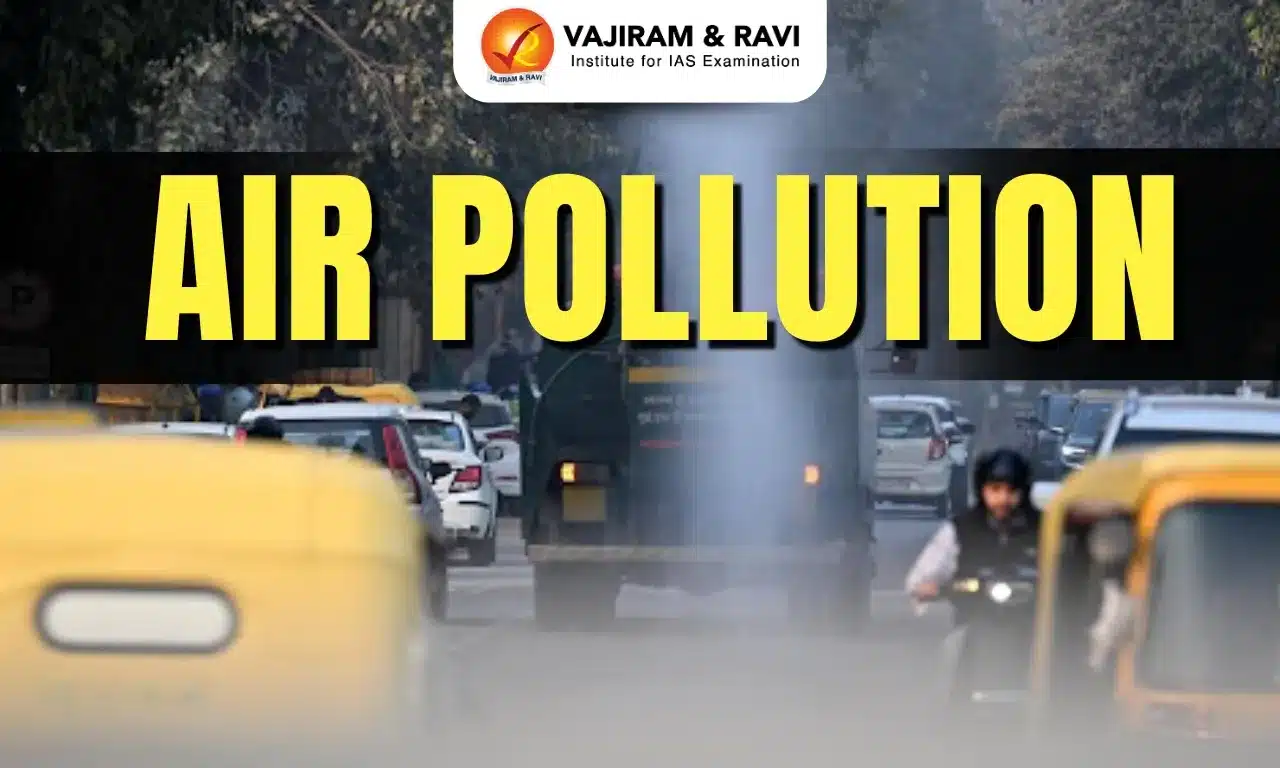What’s in today’s article?
- Why in News?
- Current Claim Processing
- What is National Health Claim Exchange (NHCX)?
- Why is NHCX being brought in?
- What are the challenges in the implementation of NHCX?
Why in News?
- The Health Ministry and the Insurance Regulatory and Development Authority of India (IRDAI) are collaborating to launch the National Health Claim Exchange (NHCX).
- This digital platform aims to enable patients to access quality healthcare quickly and reduce out-of-pocket expenses. NHCX will connect insurance companies, healthcare service providers, and government insurance scheme administrators to streamline healthcare access and claims.
Current Claim Processing
- Overview
- Currently, patients provide their insurance policy details or a card issued by a Third-Party Administrator (TPA) or insurance company when visiting a hospital.
- For Pradhan Mantri Jan Arogya Yojana (PMJAY) beneficiaries, the card is issued by the State Health Agency (SHA).
- Hospitals access specific claim processing portals to upload necessary documents for preauthorization or claim approval.
- The State Health Agency, insurance company, or TPA authenticates and digitizes the form using their internal portal, and the claims are adjudicated by the relevant team.
- In India, much of this process is manual, unlike many developed markets where over 90% of claims are auto-adjudicated.
- Challenges of the Current Process
- The current process of exchanging claims lacks standardization across the ecosystem.
- With most data exchange occurring through PDF/manual methods.
- Additionally, there are no established health standards.
- Processes vary significantly among insurers, TPAs, and providers.
What is National Health Claim Exchange (NHCX)?
- About
- The Health Claim Exchange Specification is a communication protocol that facilitates the exchange of health claim information between payers, providers, beneficiaries, and other entities.
- It is designed to be interoperable, machine-readable, auditable, and verifiable, ensuring accurate and trustworthy information exchange.
- It is an open standard-based communication protocol.
- It aligns with IRDAI’s goal of ‘Insurance for All by 2047’ and will support streamlined, paperless, and secure interactions between hospitals and insurers.
- Expected working
- The NHCX will act as a gateway for exchanging claims-related information among healthcare and health insurance stakeholders.
- It aims to enable seamless interoperability in health claims processing, improving efficiency and transparency, benefiting policyholders and patients.
- It will centralize health claims, reducing administrative burdens on hospitals that currently use multiple portals.
- Twelve insurance companies and one TPA have completed NHCX integration.
- Settlement of cashless claims
- A new timeline mandates that all cashless insurance claims must be processed within three hours of receiving discharge authorization from the hospital.
- The insurance regulator has given providers a deadline of July 31 to implement the necessary systems and processes.
- The launch of both the National Health Claim Exchange (NHCX) and the time-bound insurance clearance is expected soon.
- A new timeline mandates that all cashless insurance claims must be processed within three hours of receiving discharge authorization from the hospital.
- Incentives under NHCX
- To promote digital health transactions and the digitization of patient health records, the National Health Authority introduced the Digital Health Incentive Scheme (DHIS) in January 2023.
- According to the Health Ministry, under the DHIS, hospitals receive financial incentives of ₹500 per insurance claim transaction through the NHCX or 10% of the claim amount, whichever is lower.
Why is NHCX being brought in?
- Finding of a study
- A paper titled ‘Health Insurance Coverage in India: Insights for National Health Protection Scheme’ highlights the importance of health insurance in providing healthcare services and reducing high out-of-pocket expenses.
- The paper notes that hospitalization cases are highest for those with private insurance (54.4 per 1,00,000 persons) overall.
- Urban areas seeing the highest cases under government-funded schemes (60.4 per 1,00,000 persons), and rural areas experiencing higher cases for private insurance purchases (73.5 per 1,00,000 persons).
- Urban areas generally have higher in-patient cases compared to rural areas.
- Benefits of National Health Claim Exchange (NHCX)
- Standardization and Interoperability
- NHCX will standardize and enable seamless exchange of health claims data, documents, and images between payers (insurance companies, TPAs, government scheme administrators) and providers (hospitals, labs, polyclinics).
- Standardization and Interoperability
- Efficient Claims Processing
- NHCX is expected to enable transparent and efficient claims processing, reducing operational costs.
- Standardized Healthcare Pricing
- Industry experts note that the platform will bring uniform data presentation and centralized validation of claims, leading to a more standardized approach to healthcare pricing.
- This will improve efficiency, predictability, and transparency in healthcare costs.
- Reduction in Claims Processing Costs
- The digitization and centralization efforts through NHCX are anticipated to significantly decrease the cost of processing claims.
What are the challenges in the implementation of NHCX?
- Improving the relationship between hospitals and insurance companies
- Health insurance accounts for about 29% of the total general insurance premium income in India.
- The main challenge is improving the relationship between hospitals and insurance companies, which requires digitization efforts, IT system upgrades, and workforce training.
- Other issues
- Issues like discharge delays and miscommunication that complicate matters.
- Building trust
- Building trust among policyholders depends on efficient service delivery.
Q.1. What is Insurance Regulatory and Development Authority of India (IRDAI)?
The Insurance Regulatory and Development Authority of India (IRDAI) is a statutory body that regulates, promotes, and protects the interests of policyholders in India’s insurance industry. The IRDAI was established in 1999 based on recommendations from the Malhotra Committee report and incorporated as a statutory body in April 2000.
Q.2. What is Digital Health Incentive Scheme (DHIS)?
The Digital Health Incentive Scheme (DHIS), which became live on January 1, 2023, aims to boost adoption of digital healthcare services and encourage public adoption of the Ayushman Bharat Digital Mission (ABDM).
Source: What is the National Health Claim Exchange? | Explained
Last updated on December, 2025
→ Check out the latest UPSC Syllabus 2026 here.
→ Join Vajiram & Ravi’s Interview Guidance Programme for expert help to crack your final UPSC stage.
→ UPSC Mains Result 2025 is now out.
→ UPSC Notification 2026 is scheduled to be released on January 14, 2026.
→ UPSC Calendar 2026 is released on 15th May, 2025.
→ The UPSC Vacancy 2025 were released 1129, out of which 979 were for UPSC CSE and remaining 150 are for UPSC IFoS.
→ UPSC Prelims 2026 will be conducted on 24th May, 2026 & UPSC Mains 2026 will be conducted on 21st August 2026.
→ The UPSC Selection Process is of 3 stages-Prelims, Mains and Interview.
→ UPSC Result 2024 is released with latest UPSC Marksheet 2024. Check Now!
→ UPSC Prelims Result 2025 is out now for the CSE held on 25 May 2025.
→ UPSC Toppers List 2024 is released now. Shakti Dubey is UPSC AIR 1 2024 Topper.
→ UPSC Prelims Question Paper 2025 and Unofficial Prelims Answer Key 2025 are available now.
→ UPSC Mains Question Paper 2025 is out for Essay, GS 1, 2, 3 & GS 4.
→ UPSC Mains Indian Language Question Paper 2025 is now out.
→ UPSC Mains Optional Question Paper 2025 is now out.
→ Also check Best IAS Coaching in Delhi

















